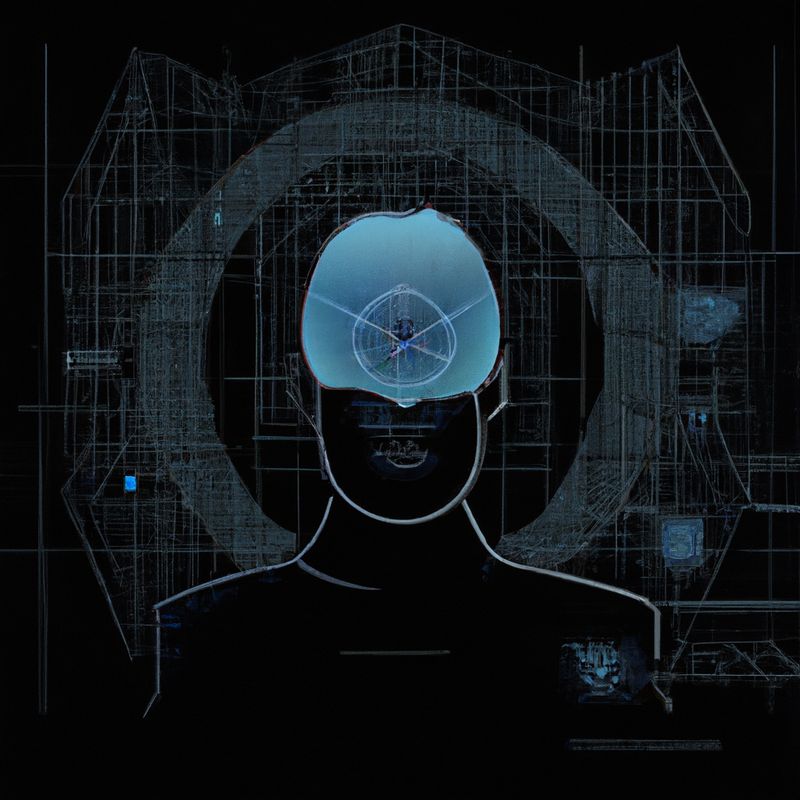The Future of Artificial Intelligence in Natural Language Processing

Artificial intelligence (AI) has been making waves in the tech world for decades. From its inception, AI has been improving rapidly, and its applications are becoming increasingly diverse. One of the most promising areas of AI research is in natural language processing (NLP), a field that seeks to enable computers to understand and interact with human language. In this article, we’ll take a look at the current state of NLP, its future potential, and the implications it has for the future of AI.
What is Natural Language Processing?
Natural language processing (NLP) is a field of computer science, artificial intelligence, and linguistics concerned with the interactions between computers and human (natural) languages. NLP technologies are used to analyze large amounts of natural language data and make sense of it in order to perform tasks such as machine translation, text classification, sentiment analysis, and question answering. NLP is also used to develop intelligent virtual assistants, such as Apple’s Siri, Amazon’s Alexa, and Microsoft’s Cortana.
The Current State of NLP
Today, natural language processing is making great strides in terms of accuracy and speed. For example, Google’s BERT (Bidirectional Encoder Representations from Transformers) algorithm is one of the most popular and successful NLP models ever created. BERT is capable of performing tasks such as sentiment analysis, question answering, and text classification with near-human accuracy. Similarly, OpenAI’s GPT-3 (Generative Pre-trained Transformer 3) is a large language model that can generate human-like text with remarkable speed and accuracy.
The Future of NLP
The future of NLP lies in its ability to understand and interact with human language in more natural and intuitive ways. In the near future, NLP models will become better at understanding context and nuance. This will enable them to interpret language more accurately and respond to it in more natural ways. In addition, NLP models will become better at understanding and generating natural language, allowing them to generate more human-like text.
In the longer term, NLP models will become even more sophisticated. They will be able to understand and generate natural language at a much deeper level, allowing them to engage in more complex conversations and to understand and respond to more complex tasks. This could lead to the development of more intelligent virtual assistants and chatbots that can understand and respond to human language in a more natural and intuitive way.
The Implications for AI
The advances in natural language processing have significant implications for the future of AI. As NLP models become more sophisticated, they will enable AI systems to interact with humans in more natural and intuitive ways. This could lead to the development of more intelligent and capable AI systems that can understand and respond to complex tasks and conversations. In addition, NLP models could be used to create more accurate and efficient decision-making algorithms, allowing AI systems to make better decisions with fewer errors.
In the longer term, NLP could even be used to create AI systems that can think and reason like humans. This could lead to the development of AI systems that can interact with humans in more natural and intuitive ways, and even understand complex tasks and conversations. This could open up new possibilities for AI applications, from healthcare to education to finance.
Conclusion
Natural language processing is one of the most promising areas of AI research. Advances in NLP have enabled computers to understand and interact with human language in more natural and intuitive ways. This has significant implications for the future of AI, as NLP models become more sophisticated and enable AI systems to interact with humans in more natural and intuitive ways. In the future, NLP could even be used to create AI systems that can think and reason like humans, opening up new possibilities for AI applications.